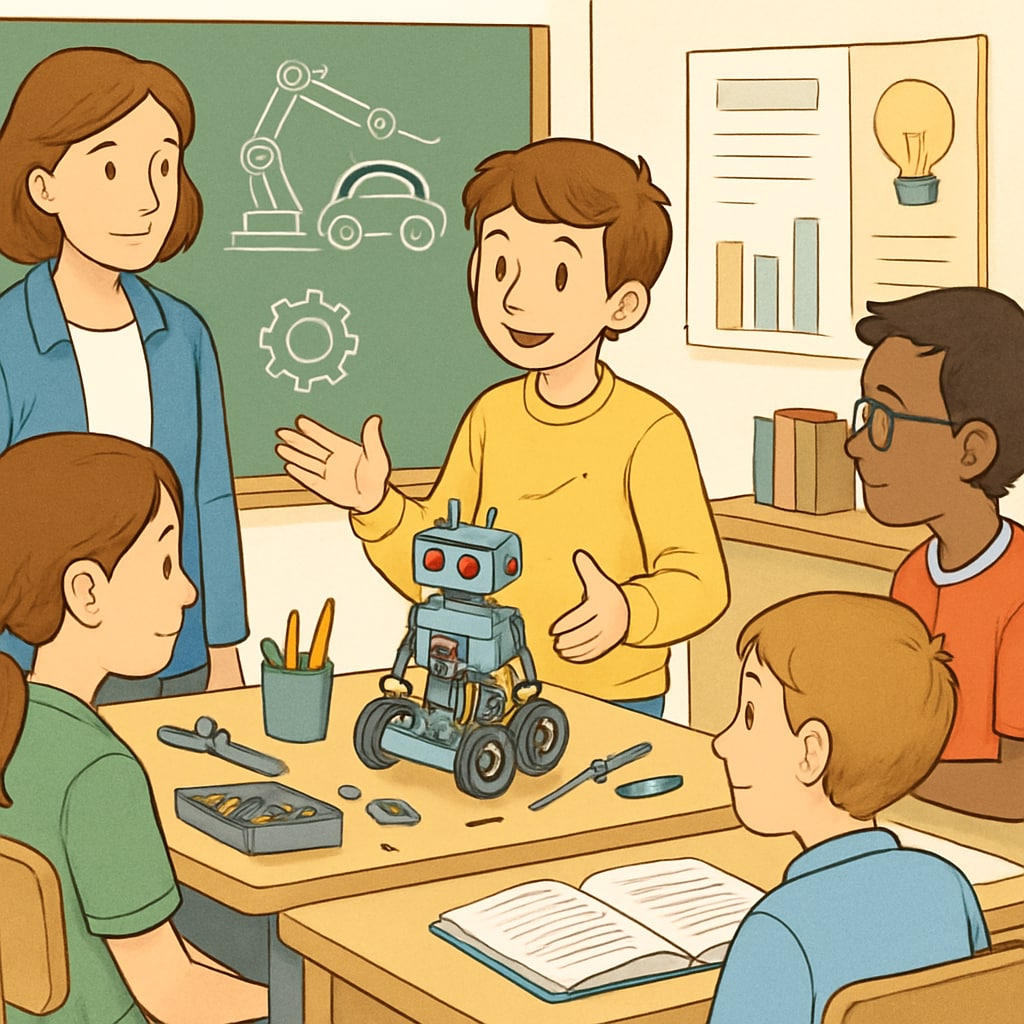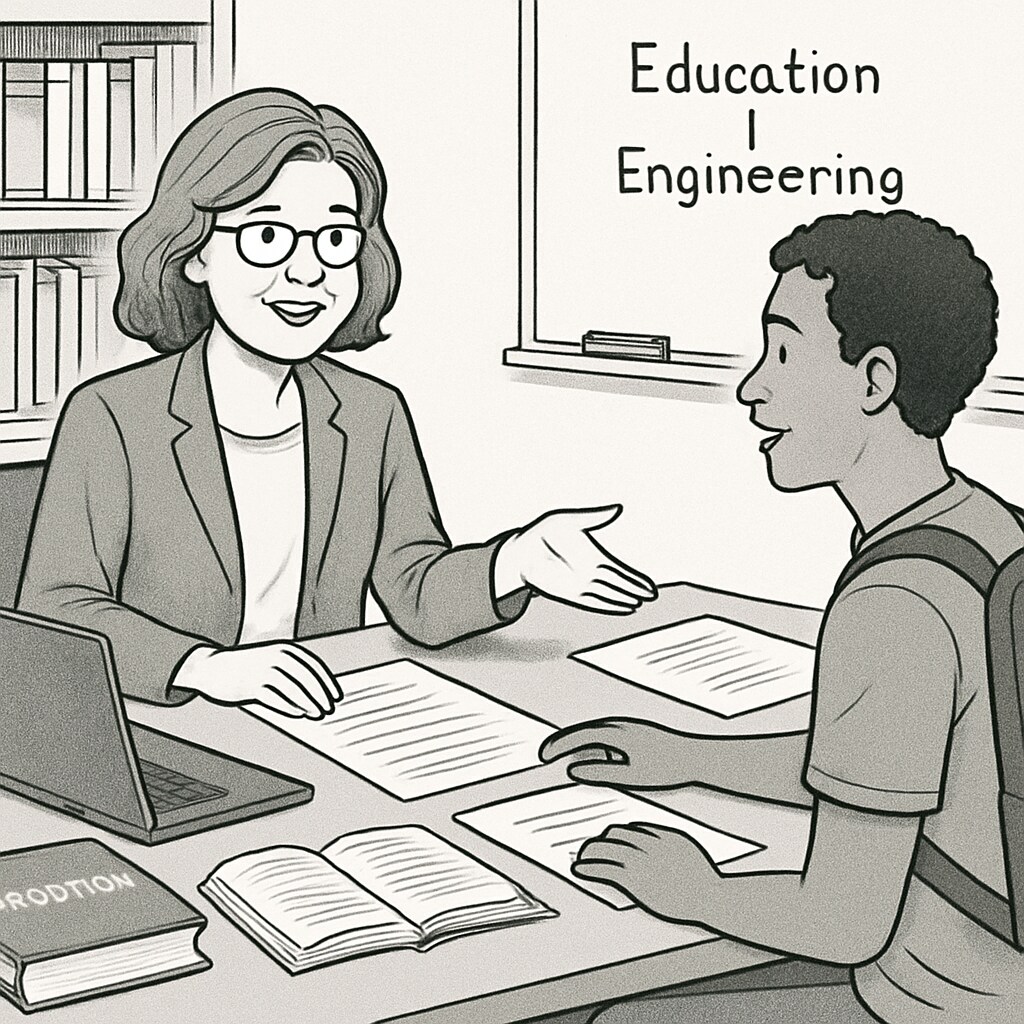As the world increasingly values interdisciplinary expertise, pursuing dual degrees in education and engineering has become a fascinating yet challenging option for ambitious students. This combination merges the technical rigor of engineering with the creative and human-centered approach of education, offering unique opportunities for individuals looking to bridge these fields. While this path is not without challenges, the potential to create innovative educational solutions makes it an exciting venture worth exploring.
The Feasibility of Dual Degrees in Education and Engineering
Combining education and engineering degrees requires careful planning due to the demanding curricula of both disciplines. Engineering programs typically focus on mathematics, physics, and technical problem-solving, while education degrees emphasize pedagogy, psychology, and communication skills. Balancing these two distinct domains necessitates strong time management and a clear understanding of personal career goals.
For instance, students aiming to integrate engineering principles into STEM (science, technology, engineering, and math) education may find this dual-degree path particularly rewarding. Universities offering interdisciplinary programs or flexible course structures can significantly enhance the feasibility of pursuing both degrees simultaneously. Collaborative institutions and hybrid learning models also reduce logistical barriers for students.

Challenges of Pursuing Dual Degrees
While the idea of combining education and engineering degrees is appealing, it comes with inherent challenges. First, the financial and time investment can be substantial, as completing dual degrees often requires additional years of study. Moreover, the rigorous workload may lead to increased stress and limited opportunities for extracurricular activities.
Another challenge is the need to reconcile differing methodologies between the two fields. Engineering predominantly follows a logical, problem-solving approach, whereas education focuses on creativity and adaptability. Successfully integrating these perspectives requires a mindset that embraces complexity and interdisciplinary thinking.
However, these challenges can be mitigated with proper support systems. Universities with dedicated advisors for interdisciplinary programs and peer mentorship networks provide resources to help students navigate their dual-degree journey effectively.

Opportunities for Innovation and Future Impact
Pursuing education and engineering degrees opens doors to numerous opportunities for innovation. Graduates with expertise in both fields are uniquely positioned to develop cutting-edge educational technologies, such as interactive learning platforms, robotics kits for classrooms, and augmented reality teaching tools.
Furthermore, these individuals can lead initiatives in STEM education reform, designing curricula that inspire curiosity and critical thinking among students. Their engineering background equips them to address technical challenges, while their education expertise ensures that solutions remain student-centered and accessible.
As a result, dual-degree holders may find roles in industries ranging from technology development to educational consulting. Additionally, they can contribute to research that examines how engineering principles can enhance teaching methodologies, creating a lasting impact on education systems worldwide.
Practical Advice for Aspiring Dual-Degree Students
For individuals considering this interdisciplinary path, here are some practical tips:
- Plan Ahead: Research universities that offer dual-degree programs or allow flexible course combinations. Ensure that the program aligns with your long-term career goals.
- Time Management: Develop a schedule that balances academic commitments, internships, and personal well-being.
- Seek Support: Build relationships with advisors, professors, and peers who can offer guidance and encouragement.
- Stay Focused: Keep your end goals in mind, whether it involves developing educational technology or contributing to STEM education reform.
By adopting these strategies, students can maximize their success in navigating this challenging yet rewarding academic path.
Conclusion: Pursuing dual degrees in education and engineering is not only feasible but also highly impactful for those passionate about driving innovation in teaching and learning. While challenges exist, the opportunities to reshape education with engineering principles make this interdisciplinary journey an exciting frontier.
Readability guidance: Short paragraphs and bullet points summarize key points effectively. The article maintains an active voice and uses transition words to ensure smooth flow. Technical terms are explained where necessary for accessibility.


